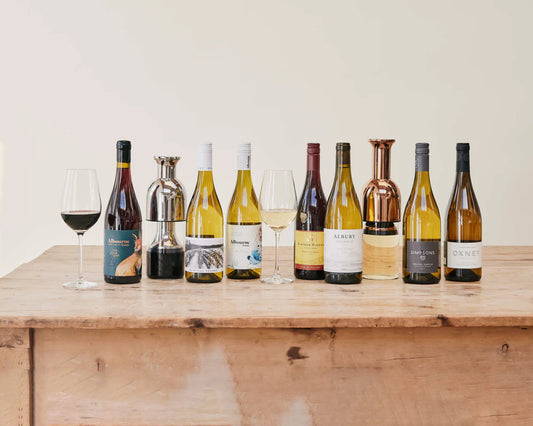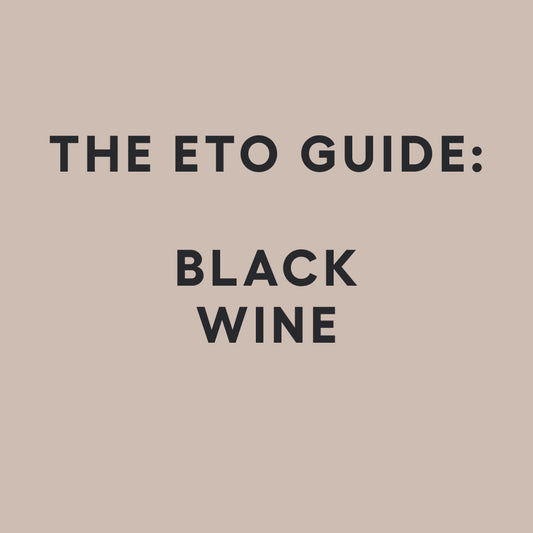The Journal

WINE
An Interview with Zelma Long, Pioneer Woman in the Wine Industry
08.03.24
•9 min read

WINE
Does 'natural wine' deserve the hype?
22.02.24
•5 min read

WINE
Rosé uncorked: How the world’s most fashionable wine came to be
03.08.23
•5 min read

WINE
Raising a glass to English Wine Week
16.06.23
•5 min read

WINE
How long does your wine last once opened?
31.05.23
•6 min read

WINE
The hidden secrets of wine tasting
21.12.22
•4 min read

WINE
Black wine guide
23.11.22
•4 min read

WINE
A guide to orange wines with Orange Glou
03.08.22
•4 min read
